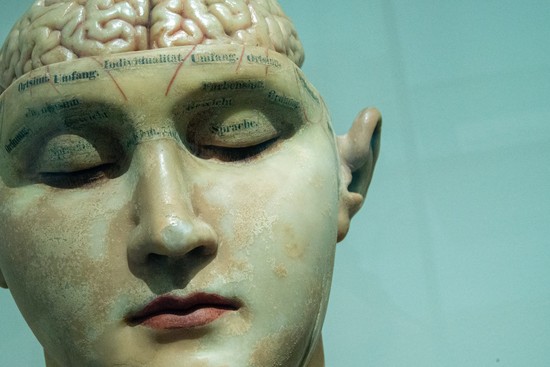Hi, I’m Alex.
I’m an Assistant Professor of Economics at the University of Regensburg. I use economic experiments to study human behavior in (mostly) labor contexts. Currently I’m exploring preferences for using AI in the workplace. I am also interested in the methodology of experimental economics. I approach research from a holistic perspective, combining behavioral insights, economic modeling, experimental design, structural econometric methods, and machine learning. My work has been published in journals like Experimental Economics, Journal of Economic Behavior and Organization, Journal of the Economic Science Association, Annals of Finance, and Mathematical Social Sciences.
Interests
- Applied microeconomics
- Behavioral/experimental economics
- Labor/education economics
- Organizational/personnel economics
- Economics of Al
- Empirical methods in economics
Education
-
Ph.D. in Economics, 2018
Georgia State University
-
M.A. in Economics, 2011
European University at St. Petersburg
-
Specialist (B.A. equivalent) in Economics (Summa Cum Laude), 2009
St. Petersburg State University












